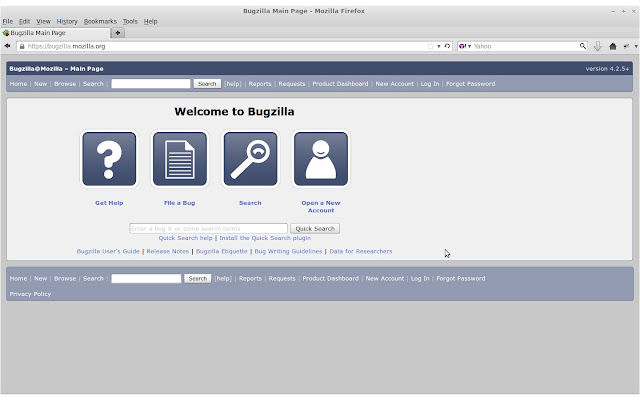3C Web Development
In this article we will be covering the development environment and platforms that Chic Computer Consultants use while developing The Care Homes Directory website. We will cover what tools we use and the reasoning behind our choices.Platforms
When we begun developing The Care Homes Directory we decided upon using the LAMP stack as our server platform. Our web server is a quad core, 4GB RAM, SSD machine running Debian 7.0 (Wheezy x86_64) and Apache 2, MySQL 5 and PHP 5 sitting on top.This platform has been very stable for us and we currently have a good amount of unused resources. While monitoring a server you can use the utility top to get the load average for the machine giving you an idea of how busy the machine is (or cat /proc/loadavg).
 |
| GNU/Linux |
We have heavily customised our server changing the default scheduler to use a deadline rather than cfq. We also configured our TCP stack and installed PHP accelerators. We decided to use XCache for PHP optcode caching.
As well as these changes we modified the MySQL, PHP and Apache configuration to provide a faster install. On top of all this we did the usual hardening and configuration of a GNU/Linux system you would expect.
Bugzilla Bug Tracking
Even the best software has defects so obviously when developing you need to have a system for tracking bugs we use Mozilla's Bugzilla for our bug tracking.We can raise any defects and/or enhancements to our code base directly from a web browser which is great for our testing team.
 |
| Mozilla's Bugzilla |
We try to follow a rolling release schedule and use agile development to produce incremental updates to our code hence why rolling releases suit us.
Subversion Version Control
For source code revision control we decided to use Subversion rather than CVS or git which were the other two candidates we chose (we were already using Subversion when git was released). Subversion fits all our use cases and we have found it easy to use.We have a main repository which allows all developers to access our source code and work independently of each other and when any changes have passed Q&A then it is merged into the trunk and tagged as a stable release.
To help add security (adding layers is good) when providing remote access we run everything over SSH tunnels including sftp so for accessing our repositories we require svn+ssh be used.
 |
| Subversion |
We did not go with CVS due to problems with it handling binary files and some people would consider it a bit "over the hill" and should be superseded by Subversion. Although we have do have previous work experience with CVS which went in its favour.
Recently we reviewed our choices and had a look at what git has to offer but we decided to stick with subversion as it has worked perfectly for us so "if it aint broke dont fix it", although git's distributed nature is appealing to us for the obvious replication advantages.
Developer Workstations
Our developer workstations run Mint GNU/Linux which is a derivative of Ubuntu which is another OS we allow on our workstations. We do use other operating systems inside the company but we are mainly a GNU/Linux house. The other OS we use are Windows, Android and iOS.We do not use any IDE for our web development as we find gedit and Filezilla a good combination for any PHP, Python or working on writing markup. We do use Eclipse when developing in Java but that is beyond the scope of this article.
 |
| Mint & Cinnamon |
In regards to our testing environment this will be covered in another article which will follow the release of this document. Selenium is a great tool for browser automation and we have test units which make use of it. We also make use of other tools but again this is for a future article.
Conclusion
I hope you have enjoyed this article and it has given you an insight of our development environment and how we like to approach things.We will be writing another blog post about how we tested porting our site to HTML 5 and CSS3, the cross browser support issues we encountered and a little bit about our methods for testing our software.
Please take a moment to visit our Facebook page.
No comments:
Post a Comment